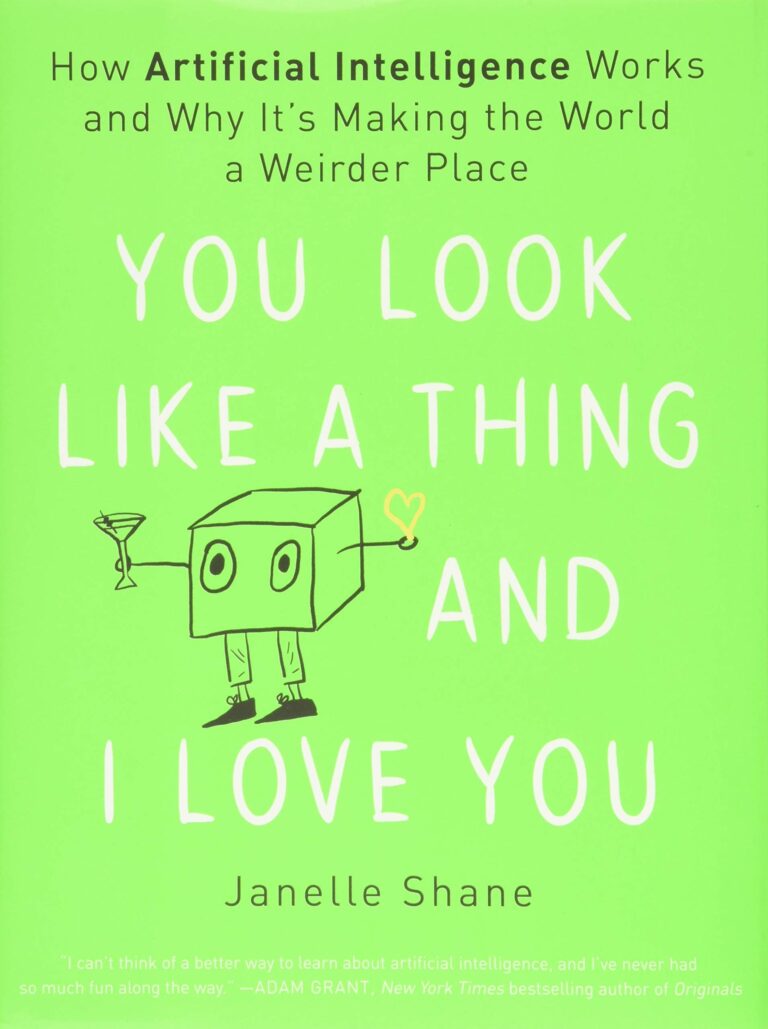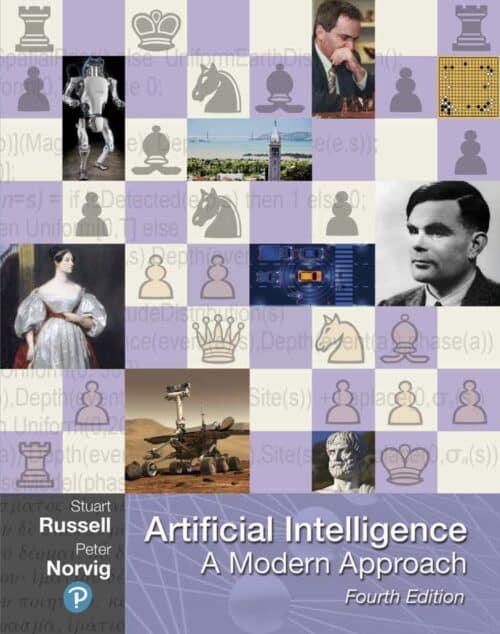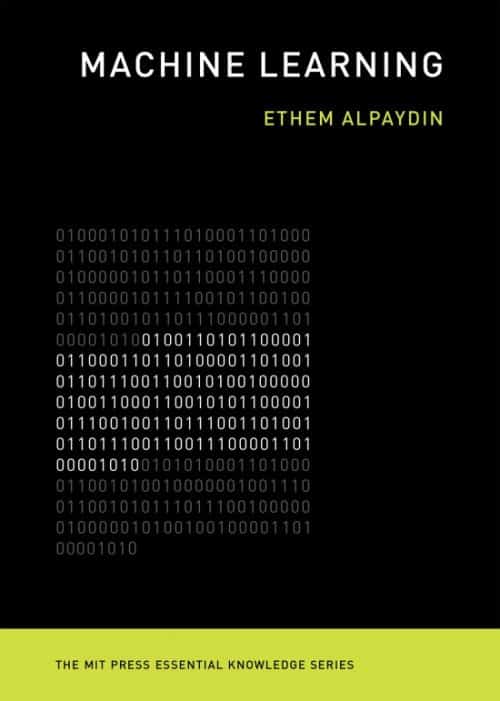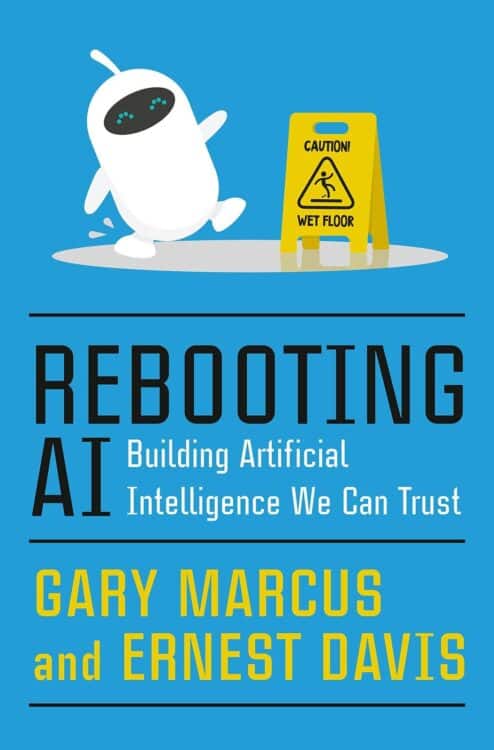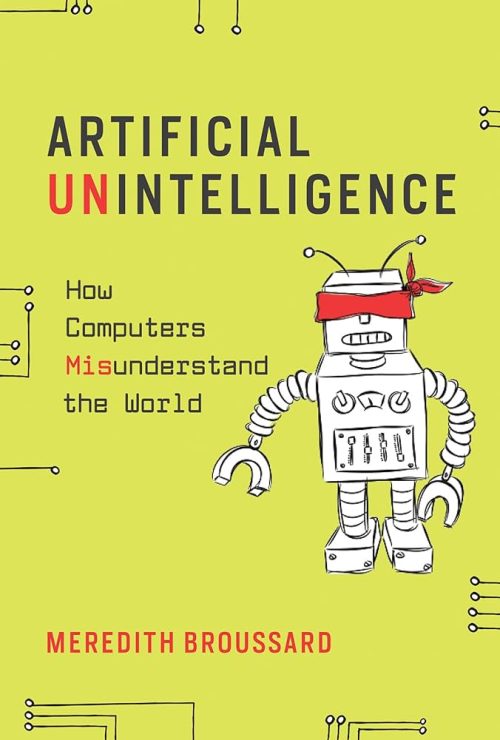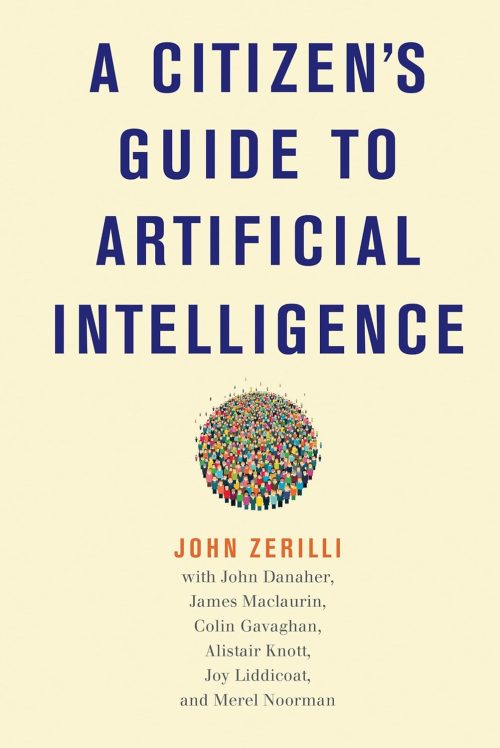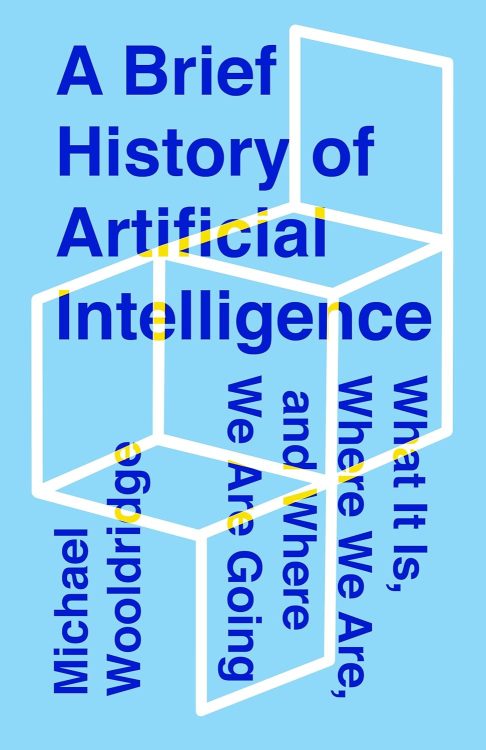The world of Artificial Intelligence (AI) can be both amazing and terrifying at the same time. It’s amazing how AI can change the way we live, work, and think, but at the same time, it can pose potential risks to our privacy, security, and jobs. Thus, understanding AI and its applications are becoming more critical than ever before.
One of the most exciting and educational reads in the genre is Janelle Shane’s “You Look Like a Thing and I Love You”. This critically acclaimed book is not only fascinating and witty, but also serves as a mandatory read for policy-makers, educators, and anyone interested in this evolving field.
You Look Like a Thing and I Love You starts by introducing the author’s blog named AI Weirdness, where she shares her experiments and insights on creating or training AI models. For instance, she shares the experience of training an AI model to generate paint colors. While the model was hilariously bad at naming some colors (i.e., “Snowbonk,” “Stoner Blue”), it was also capable of producing some beautiful and unique ones (i.e., “Turdly,” “Sindis Poop,” “Stummy Beige”).
Furthermore, Shane provides a clear and concise explanation of what AI is and how it works. She also delves into the different types of machine learning, like supervised, unsupervised, and reinforcement learning.
You Look Like a Thing and I Love You also covers the limitations of AI models. One of the most significant sources of problems in AI models is training and testing. For example, if the data used to train the model isn’t diverse enough, it can lead to serious biases and errors later on.
Shane also discusses a subject that has received a lot of attention in the AI industry recently, “Explainable AI”. ExAI is an attempt to make AI models more transparent, by providing explanations of why they make particular decisions. This can be particularly important when AI models are used in decision making that has ethical implications.
You Look Like a Thing and I Love You also focuses on real-world applications of AI, such as gaming, image generation, and language translation. For example, Shane explains how AI models can be trained to play games like Chess or Go at superhuman levels. Additionally, she discusses how AI models are capable of generating images of things that don’t exist, like fictional creatures, personalities, or products. And when it comes to language translation, AI models can help us have access to more information by breaking down language borders.
You Look Like a Thing and I Love You busts some popular myths about AI and automation, like the idea that “Robot are coming for your jobs,” or “AI models are smarter than human beings.” While AI models are fantastic at specific tasks that require specific skills, they are still far less versatile than humans. AI is only as intelligent as the data and parameters used to create it.
Furthermore, Shane highlights that AI can’t understand human context, sarcasm, or humor. Most AI models make mistakes because they interpret things very literally. This means that AI models that can pass the Turing Test, which is the ability of a machine to exhibit intelligent behavior equivalent to, or indistinguishable from, that of a human, is still far from happening.
Janelle Shane’s “You Look Like a Thing and I Love You” is a must-read book, for anyone interested in learning about AI and its various applications. The book presents AI in an accessible and engaging way, and it helps the readers understand the workings of AI models and the potential risks they pose.
Furthermore, it helps us think about the ethical implications of AI and how we, as a society, can leverage AI in a more responsible way. After reading this book, one thing that becomes abundantly clear is that AI is very much a part of our present and even more so, our future. It’s up to us to give careful thought and consideration to the ways in which we shape AI’s role in both.

